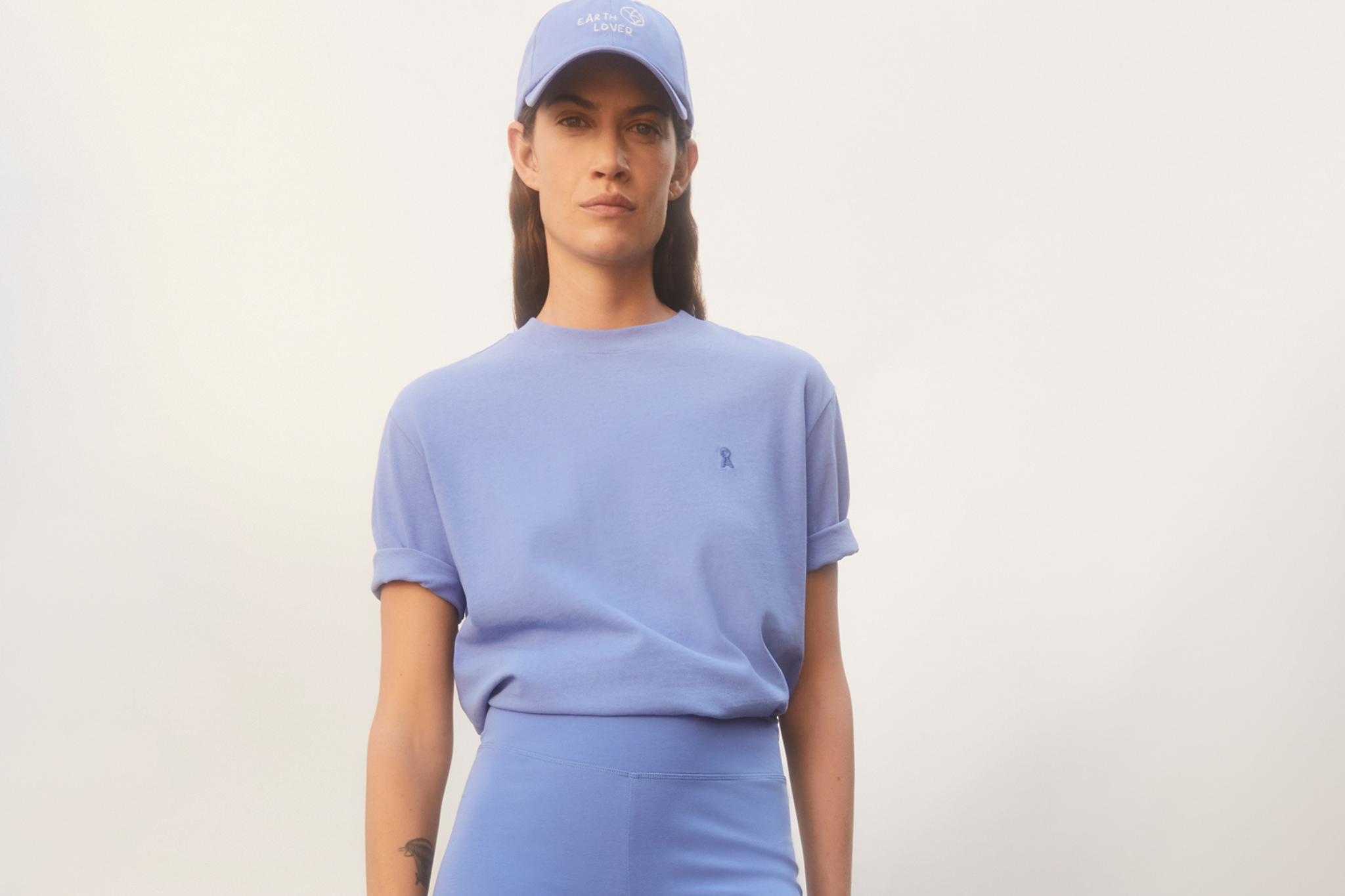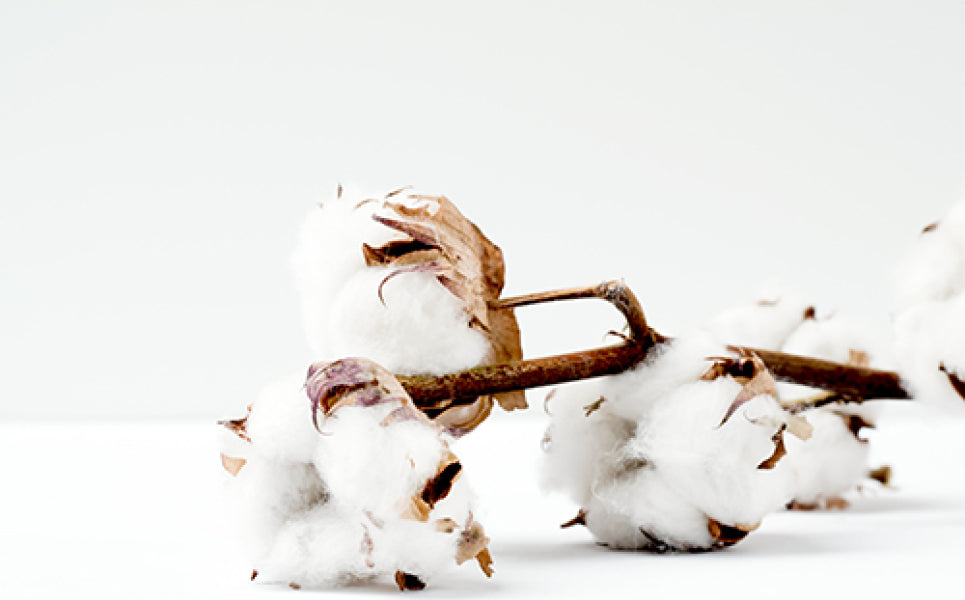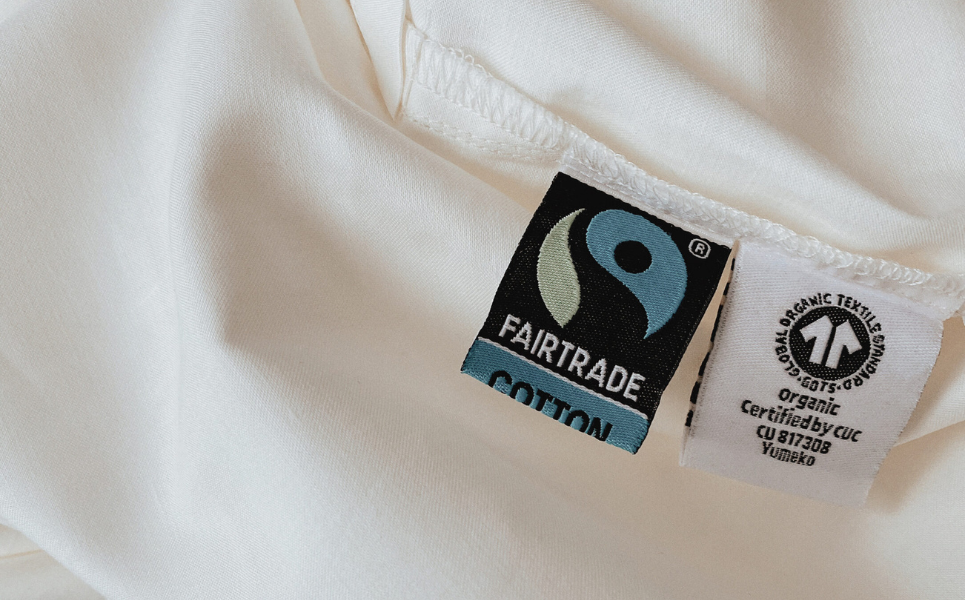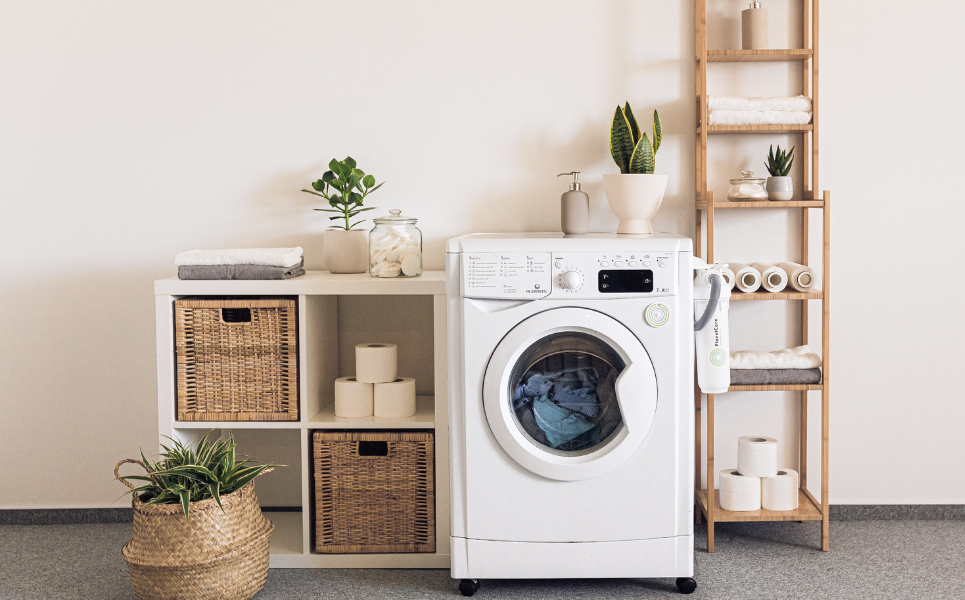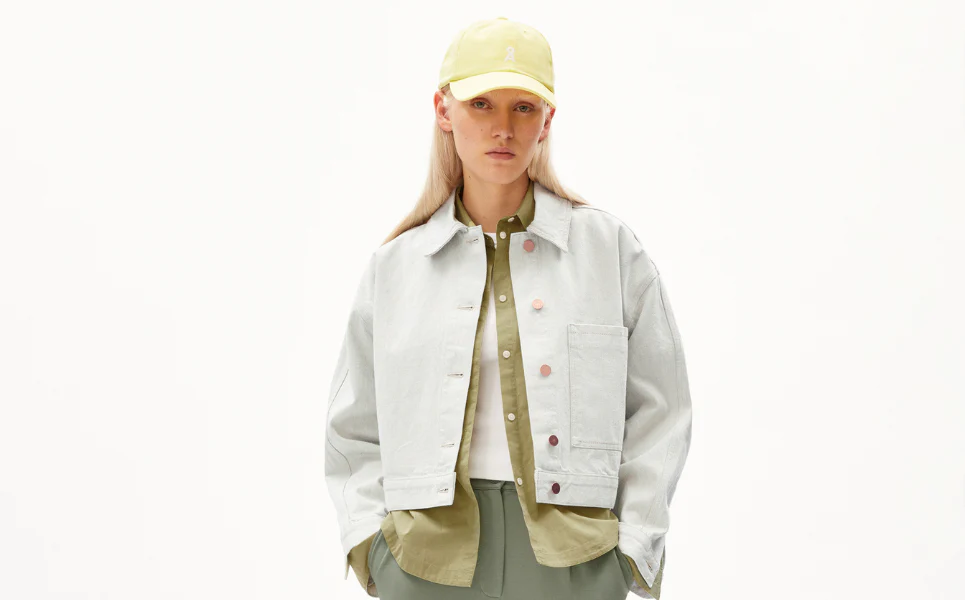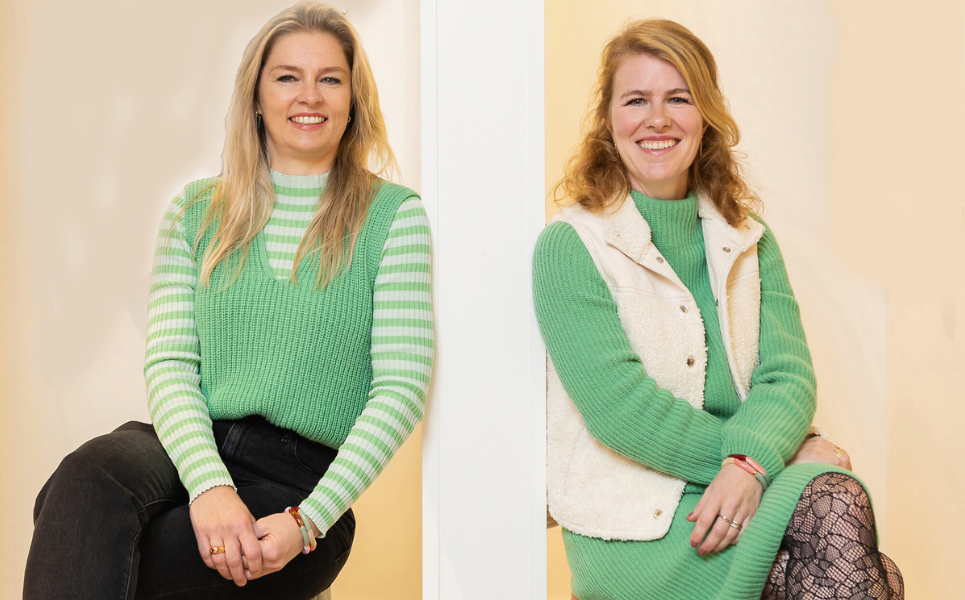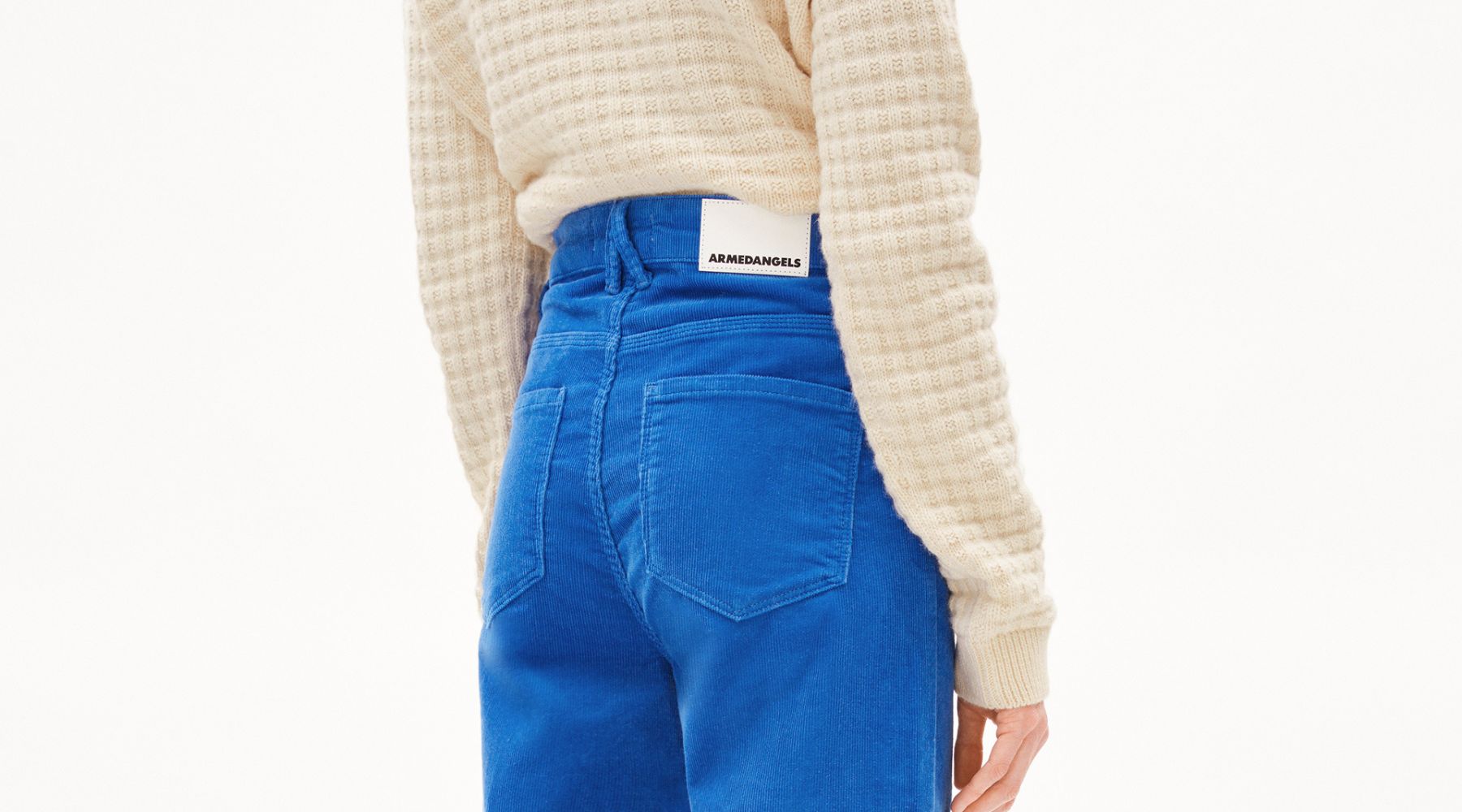This is how to recognize good quality clothing
Take a look at the shocking Google results below that popped up when I searched for "quality clothing. What strikes me about these results is that they show, among other things, clothes from fast fashion chain H&M. When I type H&M into Google, the misleading slogan "Fashion and quality clothing at the best price" comes up with a link to the web shop. Therefore, I think it's high time to tell a bit more about the different qualities of clothes and how you can pay more attention to this in the future.

Cheap and quality don't mix. But an expensive garment by definition does not have to last longer because the quality is oh so good. What is actually a cheap garment and what is too expensive?
My textile knowledge I want to share with you
There are a number of quality points I pay attention to before purchasing an item of clothing. Using an imaginary checklist, I determine whether I think the price on the item's price tag is worth it. I do this not only when I shop (online) for myself, but also when I purchase clothes for Sophie Stone. I understand that recognizing quality clothing is difficult, especially if you don't know much about textiles. I gained knowledge about textiles during my Fashion & Textile training at the NCOI. I want to share this knowledge with you.

Checklist to recognize quality clothing
Okay, you're shopping (online) and you see a cute item you want. STOP! Now is the time to look beyond the appearance of the garment or the pretty Internet picture. Let's go through a number of points to judge whether the garment is worth the price you are going to pay for it. After all, cheap is expensive and expensive but no quality is also a waste of your money.
Step 1. What (durable) fabric is the clothing made of?
I always look first at what fabric the garment is made of. All non-sustainable fabrics fall off for me personally. There are so many beautiful sustainable clothing brands that use innovative and sustainable fabrics that minimize environmental impact. In addition, I like knowing that the people making the sustainable fabrics do not have to come into contact with chemicals during, for example, the cultivation of cotton or the chemical dyeing of fabrics.
Sophie Stone tip
→ Watch the movie The True Cost on Netflix to get a better understanding of the differences in the production of sustainable and unsustainable fabrics.
→ Read the article "The great sustainable fabrics and materials list" Growthinkers have compiled.
Step 2. What is the quality of the (durable) fabric?
Next, it is good to look and feel the quality of the fabric when you have the garment in your hands. A good point is to look at the fabric density. You can do this by holding the garment up to the light. The more you can see through the fabric of a garment, the fewer yarns have been used per cm2. Fewer yarns means fewer raw materials and therefore a cheaper, but also often lower quality garment.
The quality of a thin fabric is low because the fabric is more likely to break down due to friction with your body or with another garment while wearing it. Also, the fabric can break faster after getting caught with your nail or a belt. So the more threads per cm2 the firmer the fabric is and therefore the garment is of better quality.
Step 3. is Elastane friend or foe?
Stretch in clothing provides comfort. However, a garment with too high a percentage of elastane lends looseness after a few wearings and the garment then does not return to shape nicely. This is usually the case with jeans, sweaters and t-shirts with more than 5% elastane. So this is definitely something to watch out for. The amount of elastane can be found on the washing label on the inside of a garment or in the product specifications of an item in an online shop.
Another good thing to know is that the quality of elastane deteriorates with fabric softener or washing at too high temperatures. So pay close attention to and follow the washing instructions on the care label in your clothes.
The big difference between the fit of fast fashion and slow fashion
Most fast fashion brands launch a new collection every week. If the designers of these brands have to finish a new collection every week, there is less attention to detail and fit. This is the big difference between fast fashion and slow fashion. In slow fashion, time is taken to carefully execute each production step, while in fast fashion, each step must be done as quickly as possible to save time and thus costs.
When fast fashion has to be sewn together quickly because the seamstress has to finish a certain number of garments per hour, the fit of the garment quickly deteriorates. Threads may hang loose or not be stitched properly. Or the proportions of the garment may no longer be correct.
With slow fashion brands, clothes are designed with attention. Multiple fittings take place during the production process to optimize the fit. So this slower process of making clothes also costs more, and that is factored into the selling price on the price tag on the garment. After all, there are more steps in the production and each step costs time and money.
Step 4. Look critically at the fit
Clothing made of a firm and densely woven or knitted fabric retains its fit much better than clothing made of thin fabrics and knits. So it is good to take this into account when buying a t-shirt or knit sweater. After all, you don't want the fabric to lump and get out of shape after a few wears because the knit or fabric shifts from its "original" place.
You can test the fit of a garment made of a thin fabric by pulling at the bottom (with care). Then you can see if the garment returns to its original shape.
For tops, you can pay attention to whether the shoulder seam fits well or the neckline is nice or whether a top fits nicely in your side. With pants, you can pay attention to whether the pants do not have a twisty leg at the bottom and whether the pants fit nicely at the waist, buttocks and crotch.

Sophie Stone tip → If you like to shop online, you can also measure a well-fitting garment to determine if the garment you have your eye on matches your body. For example, shoulder width, chest width or inseam. You can always call, email or chat us the question to measure items from the Sophei Stone webshop. We are happy to do this for you.
How can you maintain quality of clothing?
Then I have a few more washing tips for you. Because once you have a nice quality garment hanging in your closet, of course you want to keep that quality.
1. Washing less
The first tip: wash less. Really, a garment really doesn't need to be washed after every time you've worn it. Hang the garment on a hanger outside or near an open window to air it out. I often hang worn clothes on the outside of my closet as a reminder, I can put these on one more time before washing.
2. And then when you go to wash
Set the washing machine to 20 or 30 degrees if the laundry is not that dirty. Nowadays, when do your clothes really get dirty in our daily activities? Washing at a low temperature will not only save you on the quality of your clothes but also on your energy bill.

Appreciate the craft of clothing
Now with online shopping, it's a little more difficult to determine the quality of clothes. Fortunately, we've already done this for you in the Sophie Stone webshop. But try going through this quality checklist when you are in a clothing store. By looking at and feeling a garment, you can find out a lot of information.
Furthermore, I think it is still important to mention that nowadays the value of clothing is underestimated by most people. Fabric and clothing making is a beautiful ancient craft that is not really appreciated in the Western world today. And I think that's a shame.
Of course, you can only spend your monthly salary once. I would rather spend my money on nice quality clothes than eat out every month. It just depends on how you divide your incoming salary into savings or spend it each month. Perhaps something to reconsider?

